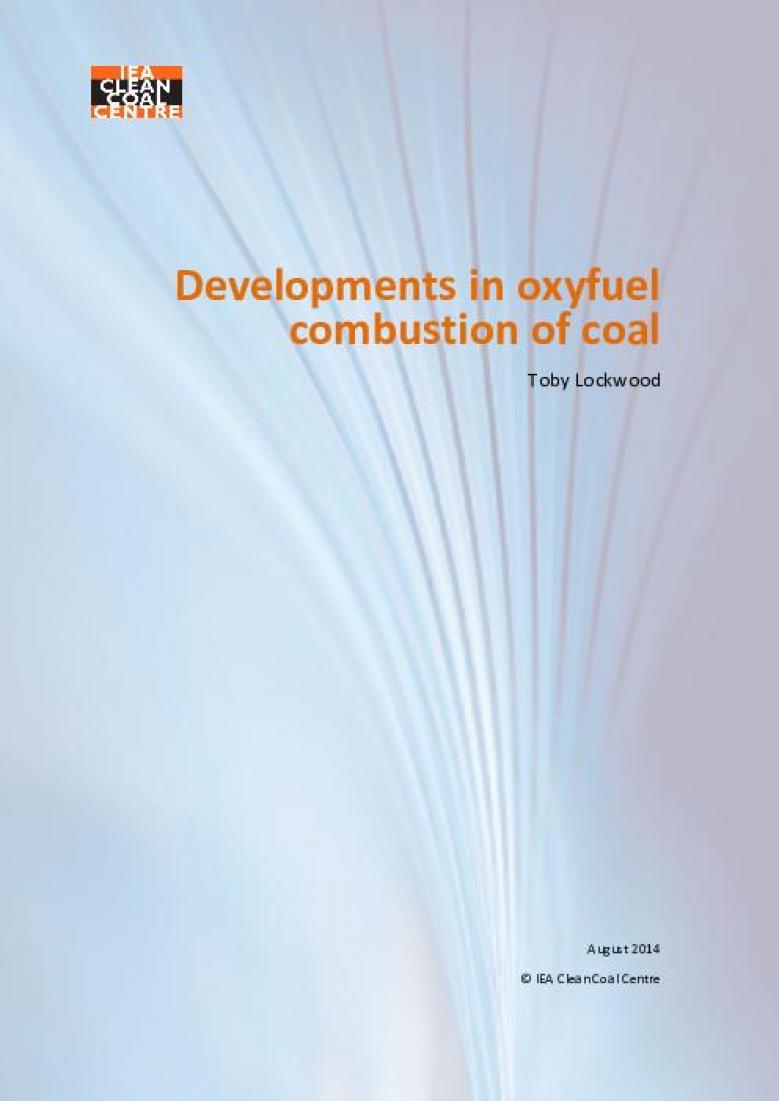Abstract
In oxyfuel combustion, coal is fired in a mixture of oxygen and recycled flue gases to produce a concentrated stream of CO2 which can be purified for sequestration through physical separation processes. Despite the successful operation of a 30 MWth pilot plant since 2008, oxyfuel capture has yet to progress to the demonstration phase, however, the recent commissioning of a 100 MWth retrofit project and a 30 MWth oxyfuel circulating fluidised bed represent major steps for the technology. A number of new demonstration projects have also progressed to advanced stages of planning, of which the 168 MW FutureGen 2.0 plant could commence construction this year. With operation at the pilot-scale well-established, ongoing oxyfuel research has focused on clarifying the complex effect of the altered gas composition on combustion, heat transfer, and corrosion mechanisms in the boiler. As overall plant efficiency is limited by the substantial auxiliary loads required for oxygen production and purification of the CO2 product, optimisation of these processes is also key to future scale up. Commercial cryogenic air separation units can be thermally integrated with the plant’s steam cycle for higher efficiencies, or potentially replaced by membrane-based processes currently in early stages of development. New technologies trialled for CO2 purification have focused primarily on improving SOx and NOx removal and achieving almost complete CO2 capture. This report will review technological progress in each element of the oxyfuel plant, as well as presenting the latest results from large pilot projects and demonstration Front-End Engineering Design (FEED) studies. Finally, recent analyses of the potential efficiency and economic performance of future commercial-scale plant are compared.
| Attachment | Size |
|---|---|
| 4.57 MB |


